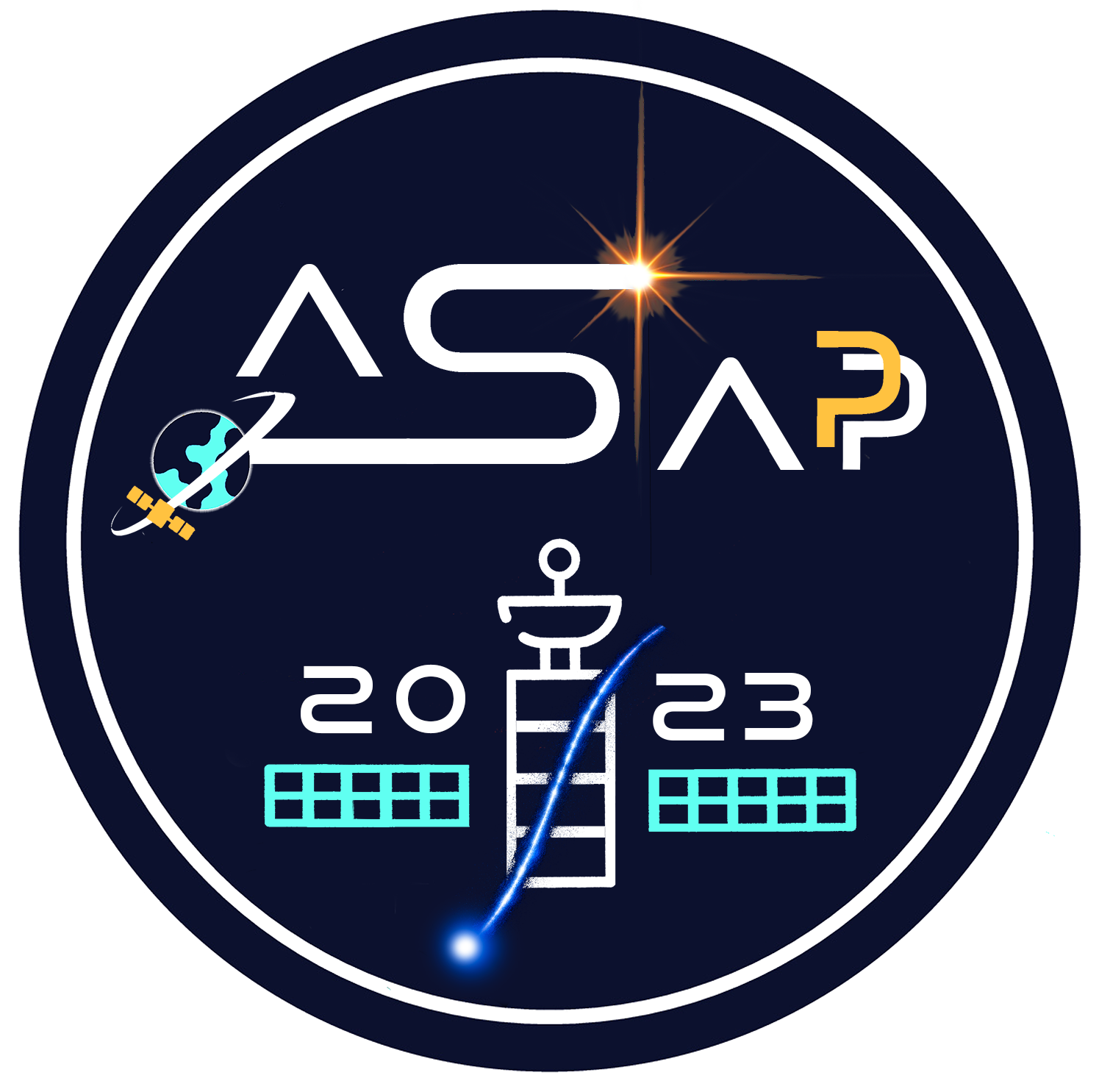Conveners
Indirect Cosmic Ray Measurements (Space and balloon-borne)
- Roberta Sparvoli
Indirect Cosmic Ray Measurements (Space and balloon-borne)
- Marco Casolino (INFN - National Institute for Nuclear Physics)
Utra high energy cosmic rays are the highest energy subatomic particles known to exist. Very high energy neutrinos also carry information about the most extreme environments in the universe, and being neutral point, back to their creation point. The Extreme Universe Space Observatory on a Super Pressure Balloon II (EUSO-SPB2) has been built to PeV energy neutrinos from steady-state and...
NUSES is a new space mission aiming to test innovative observational and technological approaches related to the study of low energy cosmic and gamma rays, high energy astrophysical neutrinos, Sun-Earth environment, Space weather and magnetosphere-ionosphere-lithosphere coupling (MILC). The satellite will host two payloads: Terzina and Zirè. In this talk I will discuss the Terzina instrument,...
NUSES is a pathfinder satellite project containing two detectors, one Tezrina dedicated to studying Ultra High Energy Cosmic Rays above 100 PeV and the Zirè focusing on the study of protons and electrons below 250 MeV and MeV gamma rays.
This work is focused on the description of the Cherenkov camera, composed of SiPMs, for the Terzina telescope.
Cherenkov light produced by Extensive Air...
The telescope Mini-EUSO is observing - since 2019 - the Earth in the ultraviolet band (290-430~nm) through a nadir-facing UV-transparent window in the Russian Zvezda module of the International Space Station.
The instrument has a square field of view of 44$^{\circ}$, a spatial resolution on the Earth surface of 6.3 km and a temporal sampling rate of 2.5 microseconds. The optics is composed...
Developed as a NASA Astrophysics Probe-class mission, the Probe Of Extreme Multi- Messenger Astrophysics (POEMMA) observatory is designed to identify the sources of ultra- high energy cosmic rays (UHECRs) and measure cosmic neutrinos. In stereo extensive air shower (EAS) fluorescence mode, POEMMA will measure, the spectrum, composition, and full- sky distribution of the UHECRs with sensitivity...
The JEM-EUSO program aims to study ultra-high energy cosmic rays from space. To achieve this goal, it has realized a series of experiments installed on ground (EUSO-TA), various on stratospheric balloons (the most recent one is EUSO-SPB2) and inside the International Space Station (Mini-EUSO), in light of future missions such as K-EUSO and POEMMA.
At nighttime, they monitor the Earth’s...
